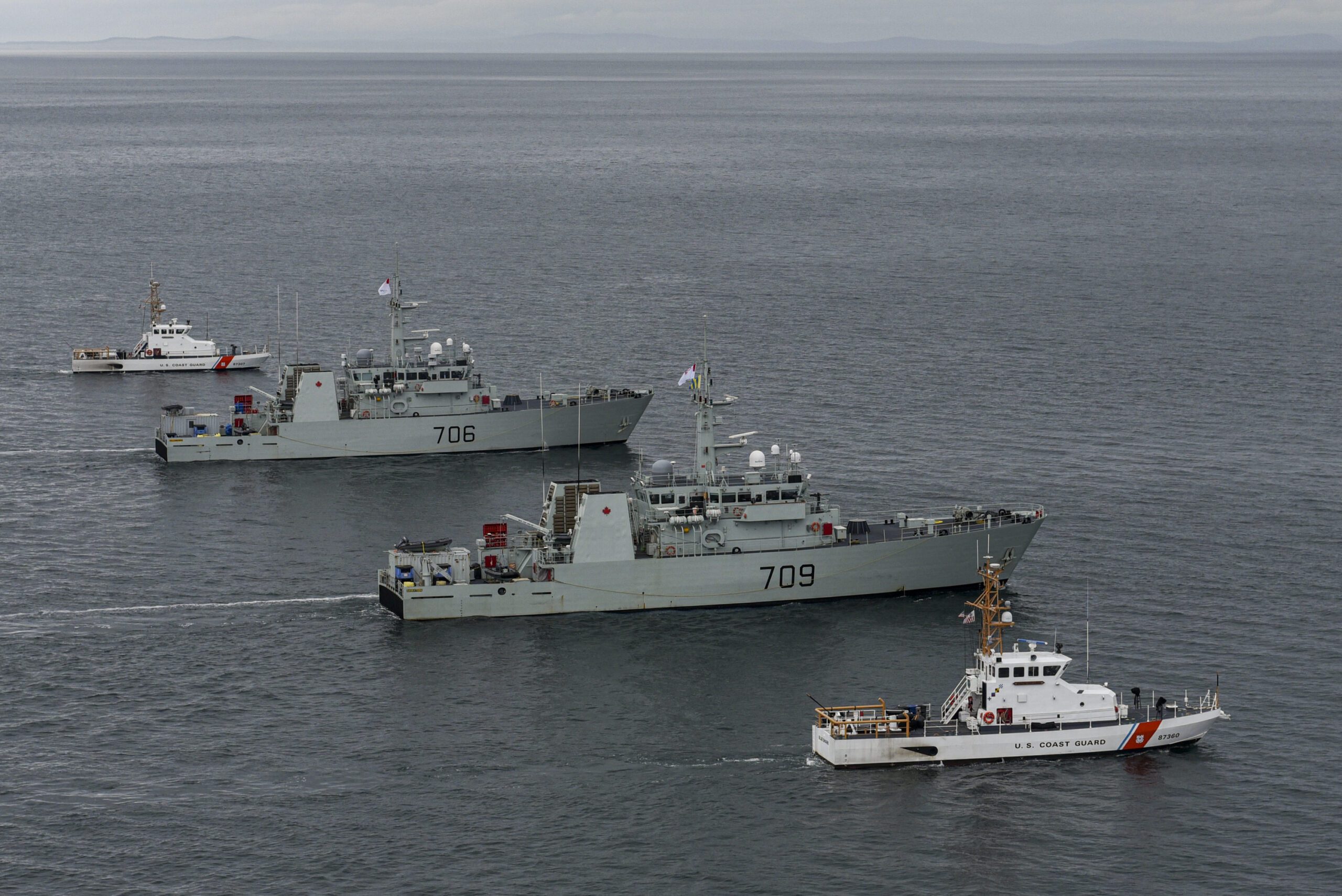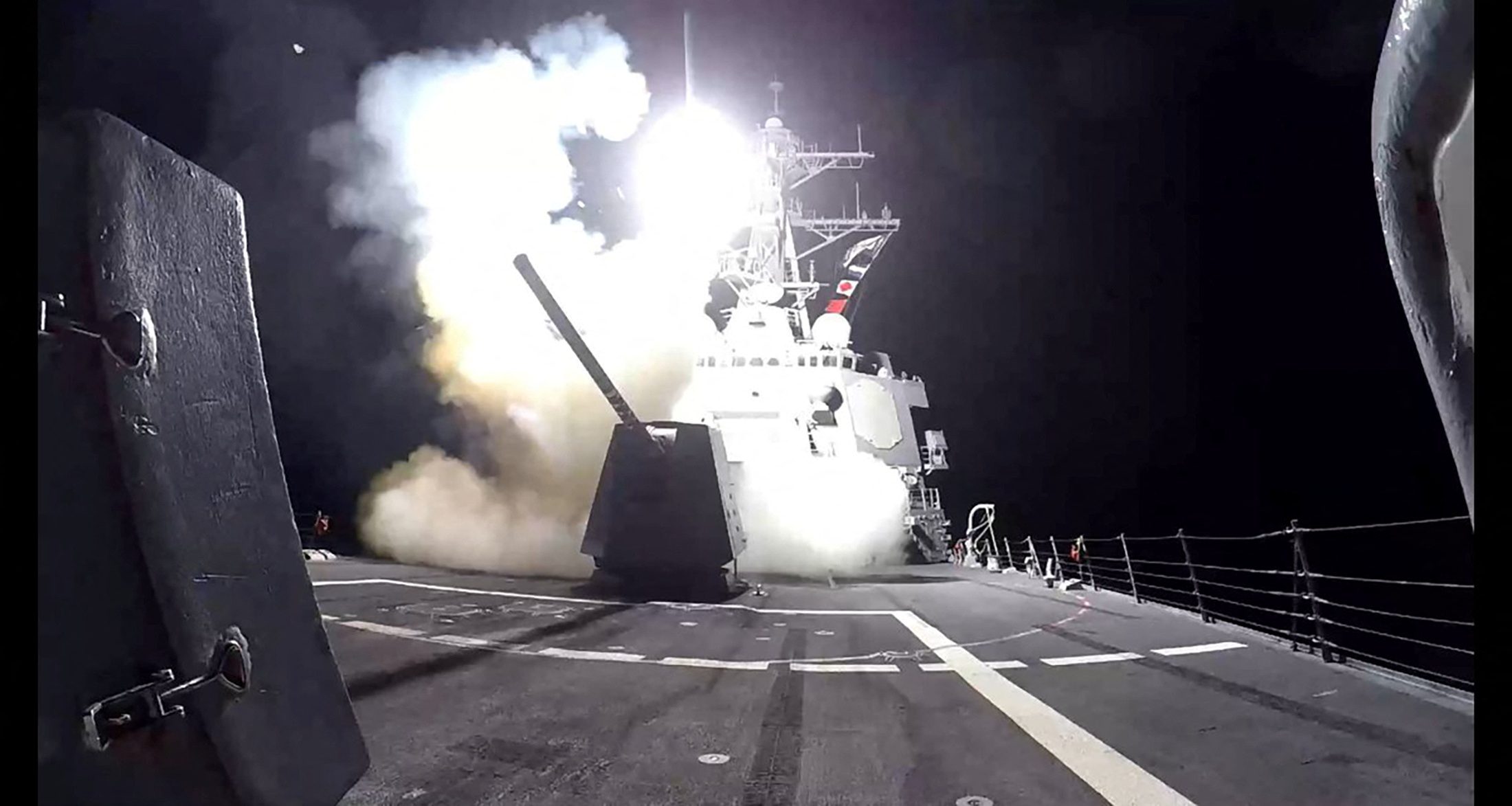By James Stavridis (Bloomberg) Over a long career in the Navy, I sailed into many of Canada’s beautiful ports and commanded a Canadian frigate, HMCS Halifax, as part of a joint operation. Over the years, I saw the quality of Canadian airmen in our dual-nation air defense command, NORAD. Later, during my time as Supreme Allied Commander at NATO, I had thousands of Canadians under my command in combat in Afghanistan, Libya and other hotspots. Whenever I saw that distinctive maple leaf shoulder patch, I knew I was in the presence of a brave professional.
But I continue to be deeply disappointed by Canada’s unwillingness to increase its defense spending to meet a standard it has committed to via its membership in the North Atlantic Treaty Organization: 2% of gross domestic product. Today, Canada punches well below its weight with less than $40 billion spent on defense, roughly 1.3% of GDP. For a very wealthy Western democracy, this smacks of taking advantage of allies like the US, which spends well over 3% of GDP — or more than $850 billion.
And Canada has defense needs that go well beyond the allied effort to stop Vladimir Putin in Ukraine. Looking toward the Arctic, which the Canadians aptly call the “high north,” Canada faces growing Russian intransigence across the increasingly ice-free Arctic Ocean. To the west, a rising Chinese Navy — now the largest in the world — operates with increasing impunity in the waters of the north Pacific.
Related book: 2034: A Novel of the Next World War by Elliot Ackerman and Admiral James Stavridis
One program where more investment would be powerful and meaningful is nuclear submarines. Although cutting-edge boats cost more than $4 billion each, only nuclear submarines have the range and firepower to meet 21st century needs. And Canada has vast territorial waters to control, extending from its maritime provinces on the Atlantic coast, to the Arctic Ocean, to the Aleutian islands in the Pacific. Yet today, Canada has only a small force of four old, diesel submarines.
In contrast, nuclear subs are lethal, oceangoing apex predators. And entering the nuclear submarine club would offer Canada significant scientific and strategic advantages. By procuring nuclear subs, Canada will bind themselves more tightly to other NATO nations using them: the United States, the United Kingdom and France. More engagement, intelligence and technology would naturally flow toward Ottawa.
This is a particularly propitious time to make the leap, because of an awkward acronym: AUKUS. This is the new partnership between the US, UK, and Australia to help the Australians build a fleet of nuclear submarines. Painstakingly negotiated over the past several years, the agreement will begin with US nuclear Los Angeles-class submarines being stationed in Australia, then transition to US selling the boats to Canberra, then move to the Australian construction and deployment of its own fleet. It’s a canny move on the part of Australia, who — like Canada — has several oceans to defend.
The plan will take most of a decade, but has already begun to unfold with the arrival of Australian naval officers at US schools to learn to operate the submarines, a process that will take each student a year or so. It’s a powerful statement of Australia’s commitment to its own defense and to our long-standing alliance.
If Canada were to join the nuclear AUKUS program, it could easily become CANAUKUS. Admittedly, the acronym gets stranger, but the strategic advantages for our good friends to the north rise exponentially. And adding both Australian and Canadian nuclear boats to the allied fleets — especially in the Pacific — would make the alliance much stronger.
The reality is that both Russia and China have global ambitions in the Pacific, Atlantic and the Arctic — and very capable nuclear submarines. Our cousins up north could seize the moment and join us in a powerful, albeit expensive, defense program to face them together. Spending the money would move them where they should be in terms of overall defense spending. In the end, of course, these are decisions for Canadians — but American policymakers should encourage them to take the leap to nuclear submarines at sea.
James Stavridis is a Bloomberg Opinion columnist. A retired U.S. Navy admiral, former supreme allied commander of NATO, and dean emeritus of the Fletcher School of Law and Diplomacy at Tufts University, he is vice chairman of global affairs at the Carlyle Group. He is the author most recently of “To Risk It All: Nine Conflicts and the Crucible of Decision.” @stavridisj © 2023 Bloomberg L.P.
Related book: 2034: A Novel of the Next World War by Elliot Ackerman and Admiral James Stavridis

 Join The Club
Join The Club











